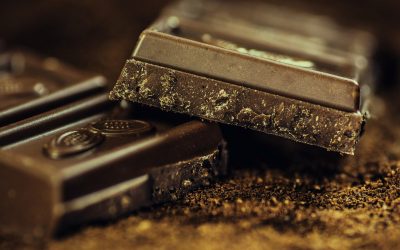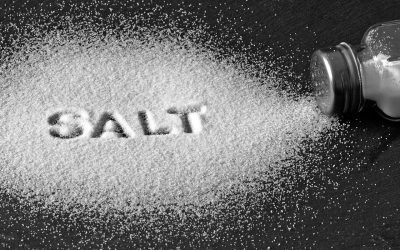
²Health begins in the gut. Who hasn’t heard of the importance of the gut microbiota? Probiotics here, probiotics there! Numerous scientific publications extol their merits. Many food supplements now contain them. The gut microbiota craze is very strong. Probiotics are essential for maintaining our health, but without prebiotics their benefits are much weaker.
Prebiotics are generally not as well-known to the general public as probiotics. Both are somewhat like the “guardian angels” of our digestive system and our health. If probiotics are a pillar of health, prebiotics are the foundation.
Prebiotics, probiotics, what’s the difference?
Prebiotics should not be confused with probiotics.
Prebiotic fibres are soft dietary fibres that have a protective effect on the gut and our health. They are micro-organisms (bacteria, yeast, viruses, fungi). They are naturally present in the normal intestinal flora. Literally, probiotic means “life-giving”. They have multiple roles:
- They fight against the development of pathogenic bacteria;
- They protect the intestine from toxic substances;
- They produce vitamins;
- They improve the assimilation of nutrients;
- They promote the proper development of the immune system;
- They regulate the body’s metabolism;
- They produce molecules that promote satiety and a correct digestion rate;
- They produce a nutrient needed by the cells of the large intestine to protect the body.
Prebiotics, on the other hand, are carbohydrates that we do not digest directly and which serve as food for the micro-organisms of a healthy gut microbiota, i.e. probiotics. They are digested by fermentation, mainly by bacteria and yeasts. When properly nourished, the good bacteria reproduce. They remain predominant in the gut and can thus exert their protective actions.
Prebiotics help to create a favourable environment for the development of good bacteria in the digestive system. Feeding the good bacteria in the gut is even more important than giving probiotics repeatedly. The good bacteria must be given their preferred food to maintain their presence. When prebiotics are lacking, the state of the gut microbiota is more easily thrown out of balance, with many negative consequences for digestive health and comfort.
Where are prebiotics found?
Prebiotics are mainly found in dairy products and in fruits, vegetables and seeds (cereals, pulses, nuts). Dairy products contribute mainly to the development of the intestinal flora during the first years of life and fruits, vegetables and seeds to its maintenance during the rest of life.
Prebiotics are so important for health that they are already present in breast milk. Breastfed infants have a much more diverse gut flora (a sign of good health) and that contains twice as many bifidobacteria (good bacteria) as formula-fed infants.
Not everyone can tolerate dairy products, but we can all eat at least some fruits and vegetables or seeds. Here we are interested in plant prebiotics. These are soluble fibres (inulins, pectins, FOS, etc.). Insoluble fibres are not the most interesting for the intestinal flora. They can also irritate the intestine, particularly when it is already weakened. Insoluble fibre is mainly found in wholegrain cereals, wheat bran, the skin of pulses, the skin of apples, peppers, tomatoes and fruits and vegetables with tough skins.
How much fibre should we eat?
In general, we do not eat enough fibre. The average daily fibre intake in industrialised countries is 15 to 20 grams, combining all fibres. Prebiotic fibres are the ones we need most. The protective effect of these fibres starts to be really significant from 30 grams of fibre per day. Current recommendations are for a minimum intake of 25 grams per day.
Gorging on wheat bran is not the solution. Oat bran, although already much more interesting, is no substitute for fibre from fresh fruit and vegetables. For example, pectin is found in all fruits.
Inulin is found in artichokes, asparagus, chicory, endive, dandelion greens, garlic, onions, leeks, Jerusalem artichokes, tomatoes and bananas.

How to consume prebiotic fibres?
Prebiotics are fragile. They degrade with heat. To preserve them, you must be careful about how you cook them. Long cooking times or high temperatures should be avoided as much as possible. When the food has lost all its texture, when it is easily reduced to mush after cooking, the soluble fibres are transformed into simple sugars and lose their beneficial effects on the intestinal flora. It also loses its satiating effect and encourages an increase in calorie intake.
Tip
If you have been eating very little for a long time, it is often best to increase the amount gradually. An abrupt transition may expose you to intestinal discomfort such as bloating or even pain if your intestine is sensitive.



